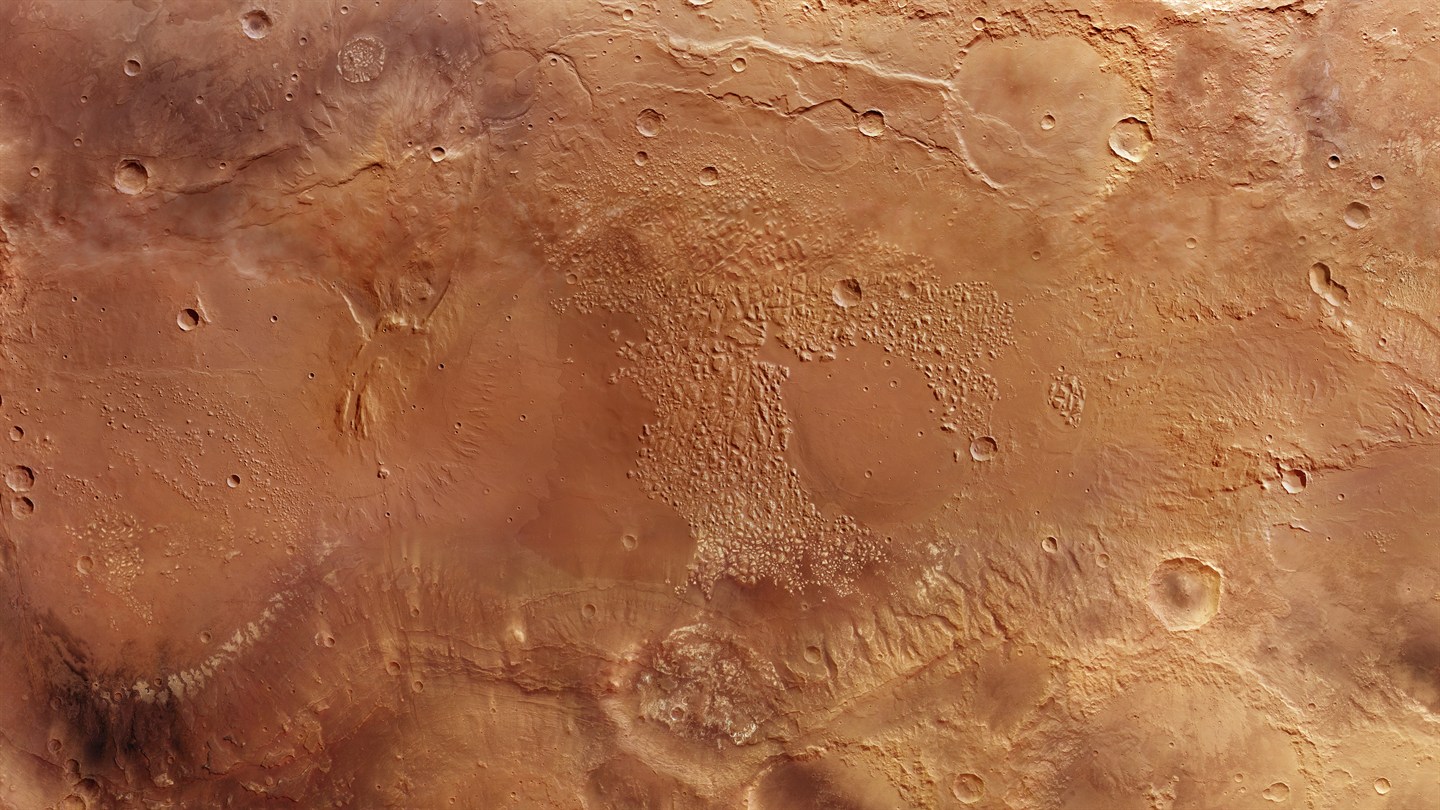
Aqueous processes at Gusev crater inferred from physical properties of rocks and soils along the Spirit traverse. Pitted rock surfaces on Mars: a mechanism of formation by transient melting of snow and ice. The surface of Mars: the view from the Viking 1 lander. The rayed crater Zunil and interpretation of small impact craters on Mars.

Dingo gap: curiosity went up a small transverse aeolian ridge and came down a megaripple. Geology of the InSight landing site on Mars. Phoenix soil physical properties investigation. Terrain physical properties derived from orbital data and the first 360 sols of Mars Science Laboratory Curiosity rover observations in Gale Crater. Localization and physical property experiments conducted by Opportunity at Meridiani Planum. Localization and physical properties experiments conducted by Spirit at Gusev Crater. Rover Team Characterization of the Martian surface deposits by the Mars Pathfinder rover, Sojourner. Viking landing sites, remote-sensing observations, and physical properties of Martian surface materials. Theory of Ground Vehicles (John Wiley & Sons, 2008). Lunar Sourcebook: A User’s Guide to the Moon (Cambridge Univ. Interaction mechanics model for rigid driving wheels of planetary rovers moving on sandy terrain with consideration of multiple physical effects. Wheels’ performance of Mars exploration rovers: experimental study from the perspective of terramechanics and structural mechanics. Lunar soil strength estimation based on Chang’E-3 images. A 2-year locomotive exploration and scientific investigation of the lunar farside by the Yutu-2 rover. ROSTDyn: rover simulation based on terramechanics and dynamics. In 2018 IEEE International Conference on Robotics and Automation 738–743 (IEEE Press, 2018). Dynamic simulation of planetary rovers with terrain property mapping. High precision landing site mapping and rover localization for Chang’e-3 mission. Geomorphic contexts and science focus of the Zhurong landing site on Mars. Mars orbiter laser altimeter-experiment summary after the first year of global mapping of Mars. Geological Survey Scientific Investigations Map 3292 (US Geological Survey, 2014). Characterization of the candidate landing region for Tianwen-1-China’s first mission to Mars. Visual localization of the Tianwen-1 lander using orbital, descent and rover Images. Design and realization of Chinese Tianwen-1 energetic particle analyzer. The Chinese Mars rover fluxgate magnetometers. Overview of the Mars climate station for Tianwen-1 mission. The Mars rover subsurface penetrating radar onboard China’s Mars 2020 mission. The navigation and terrain cameras on the Tianwen-1 Mars rover. Scientific objectives and payload configuration of China’s first Mars exploration mission. China has landed its first rover on Mars-here’s what happens next. Joint investigations utilizing the scientific payloads of the rover and the orbiter can provide insights into local aeolian and aqueous history, and the habitability evolution of the northern lowlands on Mars. Surface rocks imaged by the rover cameras show evidence of physical weathering processes, such as wind erosion, and potential chemical weathering processes. Aeolian bedforms in the area are primarily transverse aeolian ridges, indicating northeastern local wind directions. The soil’s equivalent stiffness is estimated to range from 1,390 to 5,872 kPa per m N, and the internal friction angle ranges from 21° to 34° under a cohesion of 1.5 to 6 kPa. Soil parameters determined by terramechanics, which observes wheel–terrain interactions, indicate that the topsoil has high bearing strength and cohesion. Our analysis of the rover’s position from locomotion data and camera imagery over that time shows that the rover traversed 450.9 m southwards over a flat surface with mild wheel slippage. Here we present surface properties derived from the Zhurong rover’s traverse during the first 60 sols of rover operations. Nature Geoscience volume 15, pages 171–176 ( 2022) Cite this articleĬhina’s Mars rover, Zhurong, touched down on Utopia Planitia in the northern lowlands of Mars (109.925° E, 25.066° N) in May 2021, and has been conducting in situ investigations of the landing area in conjunction with the Tianwen-1 orbiter. Surface characteristics of the Zhurong Mars rover traverse at Utopia Planitia


 0 kommentar(er)
0 kommentar(er)
